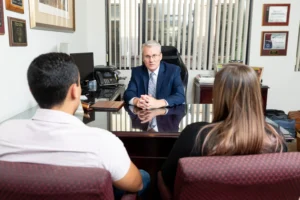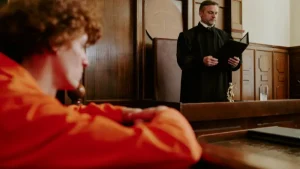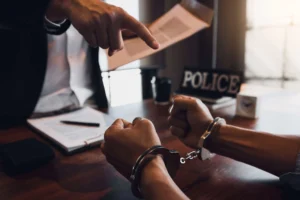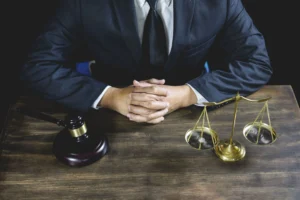
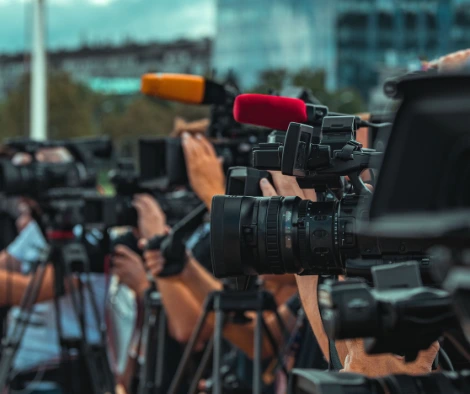
Media Influence on Criminal Proceedings
The media plays a powerful role in shaping public opinion about criminal cases. From high-profile trials to local incidents, news coverage, social media, and entertainment industries all influence how people perceive guilt or innocence before a trial even begins. Studies show that pre-trial publicity can lead to biased juries and impact the fairness of legal proceedings. According to a study published in the Journal of Law and Human Behavior, jurors exposed to negative pre-trial media coverage were significantly more likely to assume the defendant’s guilt.
The Power of News and Social Media
In today’s digital age, news spreads rapidly, often before all the facts are confirmed. A single viral post can sway public perception instantly, leading to widespread assumptions about a case. Unlike traditional media, social media has no gatekeepers to verify information, which can result in misinformation, character assassination, or even wrongful convictions.
For example, the Casey Anthony case received intense media scrutiny, and many people formed strong opinions before the trial concluded. Even after she was acquitted, public opinion remained overwhelmingly against her, showing how media narratives can persist regardless of the final legal decision.
Public Perception Management in Criminal Cases
Defense Attorneys and Media Strategies
Attorneys often work to manage public perception by shaping the narrative around their clients. In high-profile cases, legal teams may release public statements, conduct interviews, or even hire media consultants to counteract negative press. The goal is to ensure that potential jurors are not overly influenced by biased or misleading coverage.
A prime example is the O.J. Simpson trial, where defense attorneys skillfully used media coverage to present their case to the public. The defense team emphasized racial bias within law enforcement and the mishandling of evidence, which played a significant role in shaping public opinion and the trial’s outcome.
The Role of Gag Orders and Legal Protections
To limit media influence, courts sometimes issue gag orders preventing attorneys and involved parties from discussing the case publicly. While this can help protect a defendant’s right to a fair trial, it does not always stop speculation or leaks to the press. Some legal experts argue that more stringent laws are needed to regulate media coverage of ongoing cases to prevent bias from affecting trial outcomes.
Case Study: The Boston Marathon Bombing Trial
One of the most striking examples of media impact on a criminal case is the trial of Dzhokhar Tsarnaev, one of the Boston Marathon bombers. The case received worldwide attention, with intense media coverage from the moment of the attack through the trial. News outlets published details of Tsarnaev’s background, social media posts, and even his hospital bed confession before the trial began.
Step-by-Step Breakdown
- Media Coverage Before Trial – Within hours of the bombing, news agencies speculated about potential suspects. Once Tsarnaev was identified, the media released extensive coverage of his past, family background, and possible motives.
- Public Reaction – The public, already horrified by the attack, largely assumed Tsarnaev’s guilt before the trial. Social media users circulated theories and called for the harshest punishment.
- Legal Strategy – Tsarnaev’s defense team argued that his older brother was the mastermind and that he had been manipulated. However, the media portrayal of him as a willing participant made it difficult for the defense to shift public perception.
- Trial Outcome – Despite the defense strategy, Tsarnaev was sentenced to death, a decision largely influenced by public sentiment and media coverage.
This case highlights how intense media scrutiny can make it nearly impossible for defendants to receive an unbiased trial, even with a competent legal defense.
Frequently Asked Questions
- How does media coverage affect jury decisions? Media exposure can create preconceived notions about a defendant, making it harder for jurors to remain impartial. Studies show that excessive pre-trial publicity can lead to biased verdicts.
- Can defense attorneys use media to their advantage? Yes, defense attorneys often use strategic media engagement to counteract negative press and present their client’s side of the story.
- Are there laws to limit media coverage of criminal cases? Courts can issue gag orders, but they cannot completely prevent media coverage. First Amendment rights protect journalists from restrictions on reporting public trials.
- How can a defendant ensure a fair trial despite media bias? Defense teams may request a change of venue, stricter jury selection, or sequestration to minimize bias caused by media exposure.
- Has social media made media influence on criminal cases worse? Yes, social media allows for the rapid spread of unverified information, making it harder to control narratives and protect defendants’ rights.
